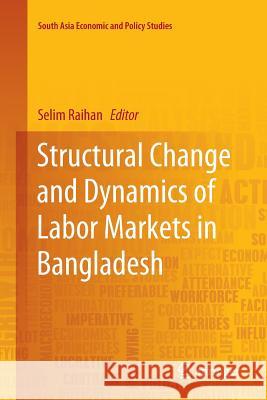Structural Change and Dynamics of Labor Markets in Bangladesh » książka
topmenu
Structural Change and Dynamics of Labor Markets in Bangladesh
ISBN-13: 9789811347276 / Angielski / Miękka / 2019 / 205 str.
Kategorie:
Kategorie BISAC:
Wydawca:
Springer
Seria wydawnicza:
Język:
Angielski
ISBN-13:
9789811347276
Rok wydania:
2019
Wydanie:
Softcover Repri
Numer serii:
000829182
Ilość stron:
205
Waga:
0.34 kg
Wymiary:
23.39 x 15.6 x 1.3
Oprawa:
Miękka
Wolumenów:
01
Dodatkowe informacje:
Wydanie ilustrowane











